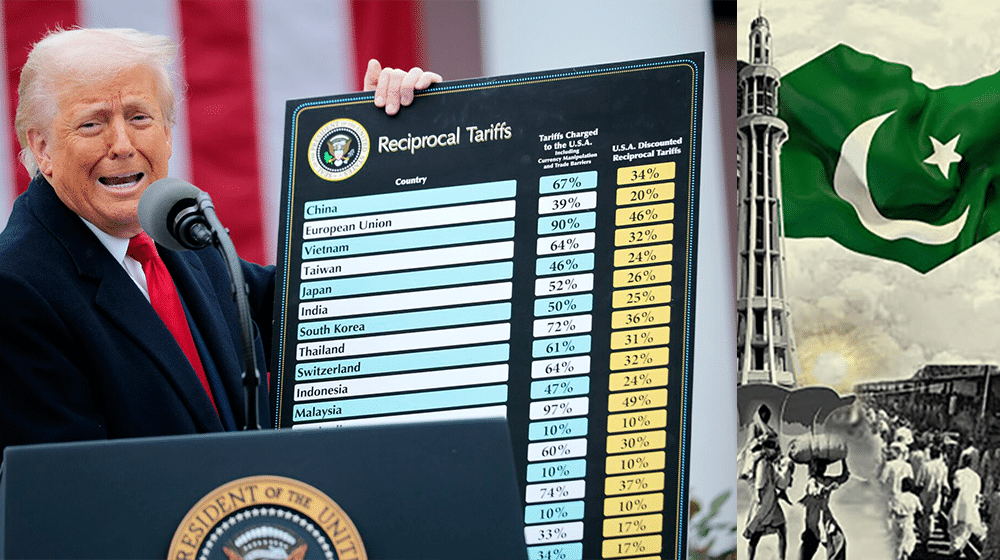


This CTA title invites readers to take action & seek the assistance corporate lawyer.

Office #110 1st Floor Arooj Arcade, near Maroof Int. Hospital, F-10 Markaz Islamabad, Islamabad Capital Territory 44220
Subscribe to receive our latest news & articles
Copyright ©2025 Javid Law Associates. All Rights Reserved

No Comments Yet
No comments have been added yet. Be the first to leave a comment!